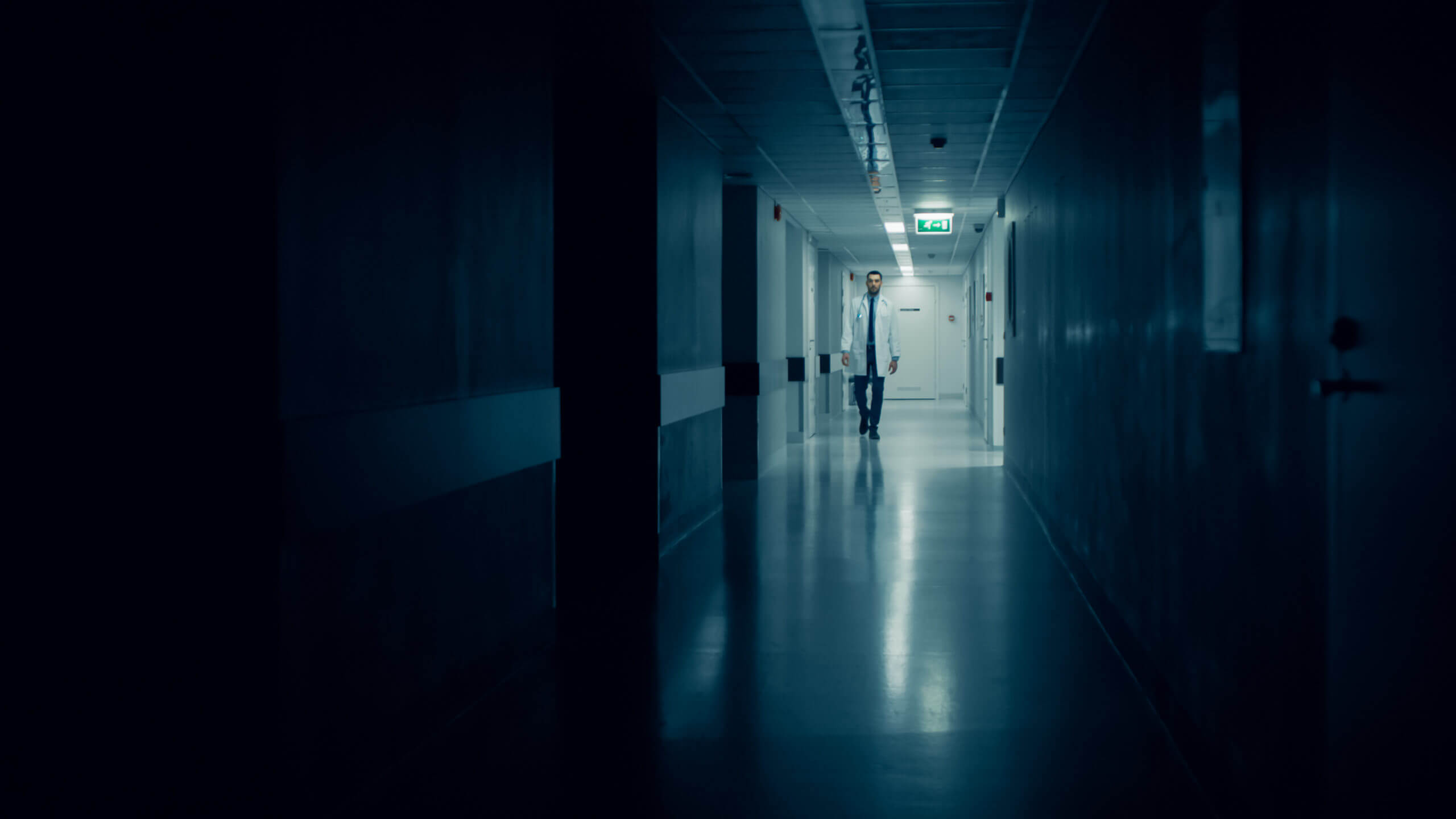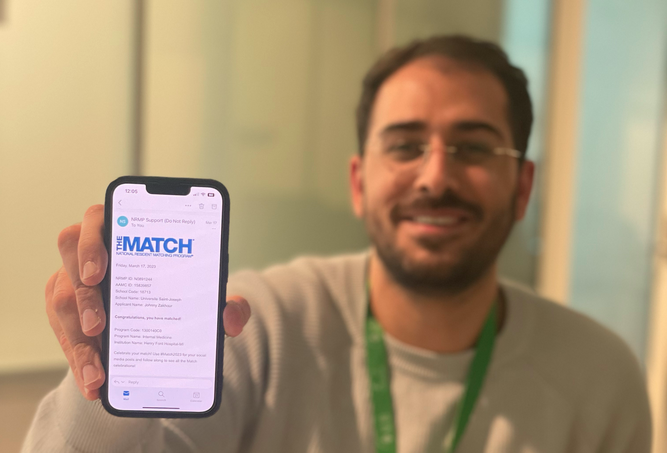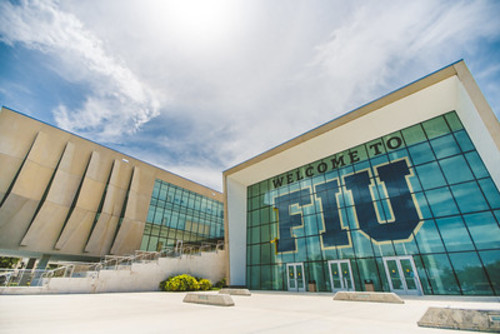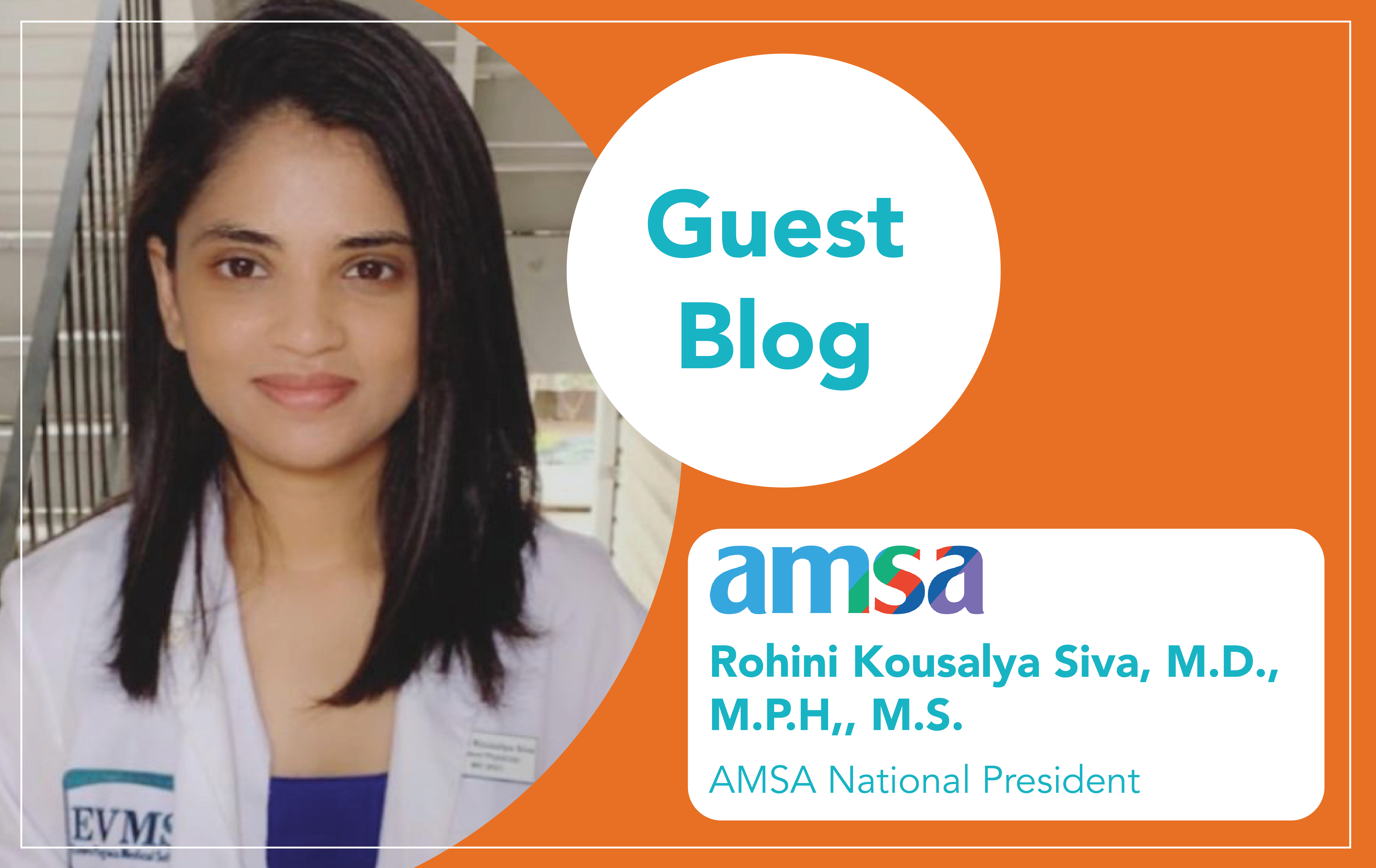For those connected to medical schools, 2020 was a landmark year. Not only did the course curriculum move online, but many individuals applied to U.S. medical schools. Medical schooled applications increased by more than 17% over the previous year.
With so much up-and-coming interest in medicine, it’s natural to assume these applicants can help alleviate the shortage of 139,000 U.S. physicians projected to arrive in the coming decade. Unfortunately, the shortage is still on schedule as both medical schools and residency programs have limited training capacities and cannot turn out physicians at the same rate as those set to retire.
Medical School Limitations
At present, medical schools are receiving many more applicants than they can accept. The U.S. national average medical school acceptance rate sits at just 7%. To increase the physician workforce, U.S. medical schools must offer more seats; doing so will result in higher acceptance rates. The primary bottleneck to this achievement comes in the form of limited clinical training opportunities.
Like most medical students worldwide, for U.S. medical students, clinical training occurs during the last two years of their education. During this time, they may observe and/or practice providing care to patients with supervision from physicians in the hospital or clinic settings. According to the American Medical Student Association, 84% of medical school deans worry about the number of clinical experience sites available to host their students. It can be difficult for schools to find physicians, hospitals, and clinics interested and able to host students as it demands time and care.
Clinical training is necessary for building foundation skills like interacting with patients and communicating professionally. Without it, medical students may be ill-equipped to enter the workforce or be accepted into U.S. residency programs.
Graduate Medical Education Limitations
While medical schools lack access to quality hands-on training, residency programs struggle to fund current and additional residency seats. Unlike medical students, who pay tuition for training—which can fund new seats—medical residents are paid a salary. To finance medical residents and new seats, hospitals and clinics connected with residency programs must seek other ways to generate additional funding.
Right now, 14,000 medical residents are working at hospitals and clinics within the U.S. The average salary for these individuals is $63,400. Most of the funding for graduate medical education is funded by the government—Medicare specifically. These funds are transferred to the entities training the residents. Annually, approximately 10 billion dollars is required to fund GME in the U.S.; this figure also accounts for resident salaries.
Over half of the current medical resident population, many of whom carry an average of $201,490 in student loan debt, feel their salaries are not enough. While student loan payments are a legitimate argument for a salary increase, Medicare simply cannot afford it. For this reason, some residents and policy-makers feel hospitals and clinics should fund more of the physician’s salary with the profits they make from treating patients.
If hospitals paid a larger portion of resident salaries, Medicare dollars could be used to help increase those salaries or, more importantly, to expand the number of residency spots available.
Removing Both Limitations with One Solution
The solution to medical school capacity concerns is new clinical training opportunities. The solution to residency program capacity concerns is funding. If the programs, clinics, and hospitals training medical residents providing clinical training experiences to medical schools, both entities could come out stronger. Residency programs would generate additional revenue and fund resident salaries. Finances from Medical previously used for this could be invested in expanding residency seats available.
With increased clinical training opportunities at hospitals and clinics, medical schools could help their students gain real-world experience, earn academic credits, and network with those connected to residency programs. This model benefits both schools and their students—schools can generate additional income and increase enrollment. In contrast, students can increase their odds of matching or securing a job in the future. At present, 40% of medical schools worry about their students being able to secure residency seats. With this cycle training model in place, medical schools, residency programs, the government, and those who require medical attention now and in the future can feel at ease.







Leave A Comment